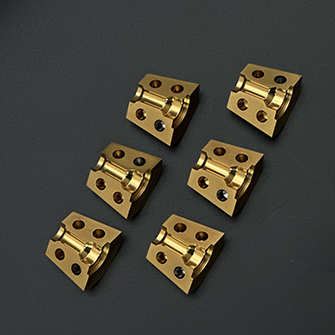In modern injection molding, efficiency is everything—and the advent of collapsible core technology has redefined what’s possible in complex part production. Especially for parts with internal undercuts, such as bottle necks, screw caps, and deep cylindrical components, collapsible core molds offer a smarter, faster, and more reliable solution than traditional unscrewing or slide-based systems.
This article explores how collapsible core technology helps streamline the production process, reduce cycle time, improve automation, and eliminate manual demolding.

1. Faster Cycle Times: Shorter Mold Open and Close Phases
Collapsible cores eliminate the need for secondary mechanical motions like core pulling or unscrewing, which typically extend the mold-open time. Once the part cools and the mold opens:
The core automatically collapses inward without needing multiple hydraulic or motorized systems.
The part is released quickly, even if it has complex internal features.
This significantly reduces the molding cycle, leading to higher output per hour. In high-volume production environments, saving even one second per cycle translates to thousands of extra units per day.
2. Enhanced Automation: Enabling Fully Automated Demolding
Traditional molds for internal undercuts often rely on robotic arms or human operators to handle tricky ejection tasks. With collapsible core molds:
Internal features automatically retract during mold opening.
Parts fall freely or are ejected cleanly by standard ejector pins.
This self-contained release mechanism supports 100% automated production, reducing labor costs and the risk of human error. It also makes it easier to integrate with robotic pick-and-place systems and downstream automation like packaging or inspection.
3. Simplified Mold Design, Reduced Mechanical Complexity
While collapsible core systems require precision engineering, they often replace more complex cam or gear-based unscrewing mechanisms. This leads to:
Simpler mold builds
Fewer moving parts
Lower long-term maintenance costs
The reduction in mechanical complexity enhances the reliability of the tool, minimizing breakdowns and downtime.
4. Reduced Manual Handling and Operator Intervention
In traditional molds with deep undercuts, manual intervention is often necessary to extract parts, especially if threads or locks are involved. Collapsible cores eliminate this bottleneck:
No need for operators to disassemble or twist components out of the mold.
Eliminates risk of part damage during ejection.
Allows consistent part quality even in 24/7 production environments.
This boosts not only productivity but also worker safety and ergonomics.
5. Cost Savings Over Time
Although collapsible core molds may involve higher upfront tooling costs, they yield significant savings in the long run by:
Reducing scrap rate
Minimizing cycle time
Lowering labor dependency
Cutting energy usage due to faster cycles
These benefits collectively enhance total operational efficiency and deliver a faster return on investment (ROI), especially for high-volume or precision part manufacturing.
Collapsible core technology represents a leap forward in injection molding innovation. It reduces cycle time, improves automation, lowers dependency on labor, and simplifies part ejection. For manufacturers seeking a scalable, cost-effective, and high-speed solution for producing complex molded parts with internal features, collapsible cores are the smart choice.











